Can Cement Board Be Used Outside? (Find Out Now!)

Cement boards are commonly used by both professionals and DIYers as floor and wall underlayment, contributing to the overall structural integrity. However, most homeowners don’t know whether cement boards are appropriate for exterior applications. While it’s more common for gypsum boards to be used to create the structural foundation for exterior structures, they aren’t the only option.
It is a common misconception that cement boards are only intended for indoor use. In fact, cement boards can serve as an excellent substrate for a variety of outdoor applications, including stucco, tile, thin brick, porcelain tile, soffit panels, outdoor grills and kitchens, adhered stone veneer, and more.
Are considering using cement boards as the foundation for your exterior flooring or walls? Continue reading as we outline all the factors to consider and best practices for properly installing cement board outside. That way, you can make an informed decision about whether or not cement board is the best choice for your project.
Do You Need to Hire a Siding Contractor?
Get free, zero-commitment quotes from pro contractors near you.

Can Cement Board Be Used Outside?
Constructed from a combination of Portland cement, fiberglass mesh, and aggregate, cement board goes by many different brand names, including PermaBase, Durock, and HardieBacker. However, all serve the same purpose – to provide a durable surface that withstands prolonged exposure to moisture. While cement board may be more commonly associated with providing the foundation for interior flooring, kitchen countertops, tub surrounds, shower enclosures, and more, it can be used for exterior applications.
Because of their water-resistance, cement boards are the ideal choice for any exterior locations that are consistently exposed to water, such as pools, hot tubs, and outdoor showers. Aside from moisture resistance and inhibiting mold growth, the greatest advantage to using cement board outside is that it resists impact and will stand up to the toughest outdoor conditions.
Not to mention, these boards are lightweight and easy to cut, which speeds up and simplifies the installation process.
Factors to Consider When Choosing Cement Board for Exterior Applications
If you’re wondering whether or not you should use cement board as the base for your outdoor structures, consider the following:
Durability and Lifespan
When compared to gypsum-based boards, cement boards are miles ahead in terms of durability and longevity. They are designed for the long haul, remaining intact when exposed to water and won’t rot, swell, or disintegrate. Green boards, for example, can only withstand a certain level of exposure to moisture, while gypsum boards don’t have any water resistance whatsoever.
If your goal is to create an outdoor fixture that is durable and can stand up to the harsh outdoor elements, cement boards are the ideal choice. Maximize the board’s water-resistant qualities by pairing it with an adhesive thinset mortar or a high-quality vapor barrier. Most cement boards also come with a 15-year limited warranty for exterior applications, giving you peace of mind knowing that your investment is protected.
Maintenance
Since cement boards are more durable than other alternatives, they are less likely to experience defects or damages. So long as the boards are installed correctly and you follow the basic maintenance procedures recommended by the manufacturer, you should not have any major, costly problems for at least several years.
As an added bonus, since cement boards resist moisture and repel water, you’ll never have to worry about mold or mildew growth. Whereas, with conventional gypsum boards, you’re likely to eventually see a couple of mold spots after exposure to heavy rain and snow since these boards provide little to no water resistance.
Ease of Installation
Fortunately, cement board advertises itself as being both lightweight and easy to cut. This ensures that the installation process is quick and easy. Not to mention, cleaner and easier cuts mean less job site waste is created in the process. Although installing cement board is relatively simple, it’s still recommended to seek the help of a professional to achieve the best outcome.
Tips for Properly Installing Cement Boards Outside
As previously mentioned, installing cement boards is a project that the average DIYer, along with a couple of basic tools, should have no problem accomplishing. Of course, if you want to ensure that your work lasts, it’s important that you do the necessary research. Though, to help get you started, we’ve put together some helpful tips and tricks for homeowners to reference when installing cement board outside:
1. Use High-Quality Boards
For starters, it’s important that you invest in the highest-quality materials. As cement boards can be rather pricey, it’s not uncommon for homeowners to try and cut costs by buying a cheaper, more affordable type of board. This is a big mistake that you should avoid making.
Keep in mind that cement boards aren’t 100% waterproof and moisture can seep in. However, opting for a high-quality cement board brand will ensure that it has better resistance to water and moisture damage.
2. Waterproof the Cement Boards
While finished cement boards are water-resistant and inhibit mold and mildew growth, they are not completely impervious to water. Even the smallest amount of water can pass through the pores of the cement board and build up underneath it. While the cement board itself may be resistant to fungi growth, the sub-surface is not.
To prevent this issue from occurring, you want to install both a vapor and moisture barrier. Moisture barriers prevent water from seeping through the tiles and cement board from the outside, while vapor barriers prevent water from infiltrating the sub-surface. For flooring applications, on the other hand, install a thinset adhesive mortar underneath the tiles and the cement board. This applies to both interior and exterior projects.
3. Place the Boards Correctly
Laying cement boards down incorrectly is a common mistake that DIYers make. If you pay close attention to the boards, you’ll notice that one side is smooth and one side is rough. As a general rule of thumb, the smooth side of the cement board should be installed facing the sub-surface if you’re using thinset as a waterproofing layer.
Alternatively, turn the cement board around so the rough side faces the subsurface if you are using latex mastics as vapor or moisture barriers.
4. Allow for Appropriate Gaps Between Boards
Whether you’re installing cement board inside or outside, you should allow for 1/8 inch gaps between the boards. These gaps must then be filled with a thinset mortar and covered with waterproof fiberglass mesh tape.
5. Let the Mortar Dry
Whether you’re installing the cement boards as is, or you’re finishing them off with stucco, paint, or tile, make sure the mortar dries completely first. It’s recommended to let it set for at least an entire day, or two if it’s cold outside. Proceeding with cement boards that are still wet poses serious long-term defects to your project as a whole.
These issues may include, but are not limited to, moisture retention, board instability, and weakening of the structural integrity.
Do You Need to Hire a Siding Contractor?
Get free, zero-commitment quotes from pro contractors near you.

Final Thoughts
In short, while cement boards are more often associated with a variety of interior applications, you can also use them outside. Whether you want to use them to adhere stone, tile, or thin brick, or as a durable substrate for direct-applied coating systems, cement boards are an excellent choice.
Plus, they meet UL classifications for one- and two-hour fire-rated assemblies, and are approved by building codes. Cement boards may be one substrate, but they can perform the job of many.

Jessica considers herself a home improvement and design enthusiast. She grew up surrounded by constant home improvement projects and owes most of what she knows to helping her dad renovate her childhood home. Being a Los Angeles resident, Jessica spends a lot of her time looking for her next DIY project and sharing her love for home design.
More by Jessica Stone



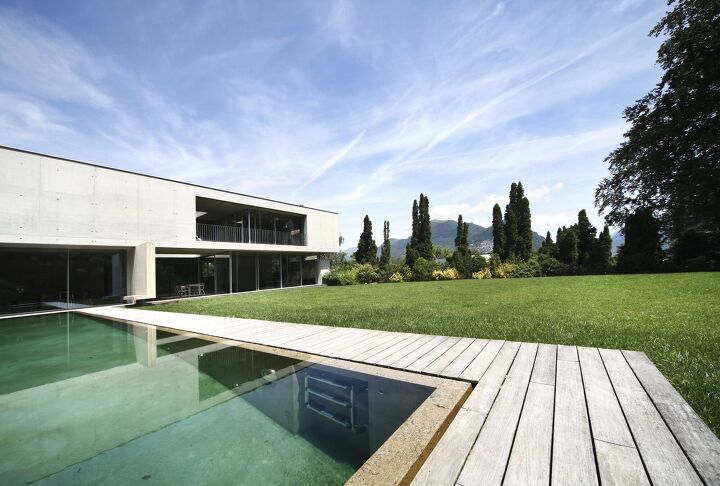






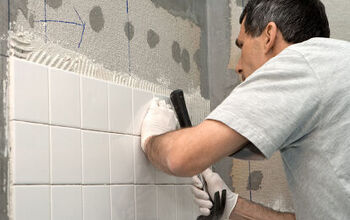
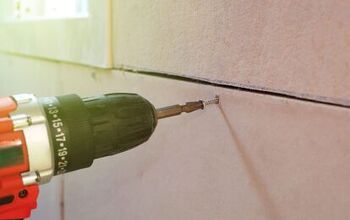
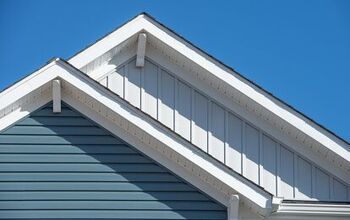
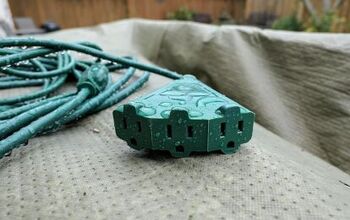
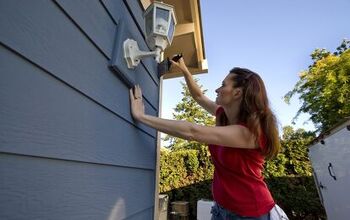












![Cost To Drill A Well [Pricing Per Foot & Cost By State]](https://cdn-fastly.upgradedhome.com/media/2023/07/31/9074980/cost-to-drill-a-well-pricing-per-foot-cost-by-state.jpg?size=350x220)